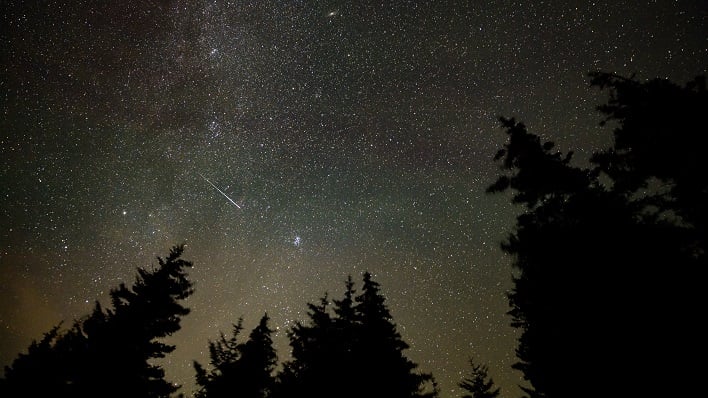Perseid Meteor Shower Is The Summertime Fireball Extravaganza You Don’t Want To Miss

Every summer the Perseid meteor shower sprinkles the sky with streaks of light, with over 50 meteors per hour at its peak. It is typically one of the year's most active and reliable meteor showers. The Perseids are fragments of the comet Swift-Tuttle. Each year the comet passes nearby Earth, with the debris that trails it entering Earth's atmosphere and putting on a show for all to see. While the Perseid meteor shower could linger for a few weeks longer, its peak is expected in mid-August.
NASA says that scientists estimate around 48.5 tons (44 tonnes or 44,000 kilograms) of meteoric material fall to Earth every day. As these meteors enter Earth's atmosphere, nearly all the material is vaporized, producing a luminous trail often referred to as "shooting stars."

At its peak, on the night of August 12 through the early morning hours of August 13, skywatchers will be able to start seeing the meteor shower as early as 10pm, with the number of shooting stars increasing as the night goes on. Those located in the Northern Hemisphere can expect the best viewing time during the pre-dawn hours.
Those wanting the best seat in the house for viewing the meteor shower will want to be away from any city lights. No binoculars or telescopes will be needed but try to limit using your phone for taking photos. The light from your phone's display will make it harder for your eyes to adjust to the dark sky.
At its peak, the Perseids meteor shower is expected to produce a nominal rate of approximately 150 meteors per hour. So, grab a blanket and a friend, lie back on the ground, and enjoy the spectacular show in the sky.

